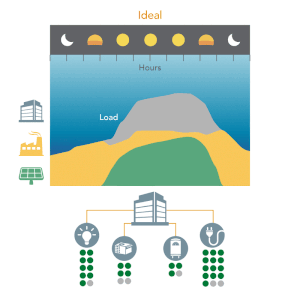###
About PNNL
Pacific Northwest National Laboratory draws on its distinguishing strengths in chemistry, Earth sciences, biology and data science to advance scientific knowledge and address challenges in sustainable energy and national security. Founded in 1965, PNNL is operated by Battelle for the Department of Energy’s Office of Science, which is the single largest supporter of basic research in the physical sciences in the United States. DOE’s Office of Science is working to address some of the most pressing challenges of our time. For more information, visit https://www.energy.gov/science/. For more information on PNNL, visit PNNL's News Center. Follow us on Twitter, Facebook, LinkedIn and Instagram.


 (GMI), a comprehensive Energy Department and partner collaboration to accelerate the development of technology, modeling analysis, tools, and frameworks to help enable grid modernization adoption. National Laboratories are participating across GMI’s technology areas in a coordinated strategic partnership called the
(GMI), a comprehensive Energy Department and partner collaboration to accelerate the development of technology, modeling analysis, tools, and frameworks to help enable grid modernization adoption. National Laboratories are participating across GMI’s technology areas in a coordinated strategic partnership called the